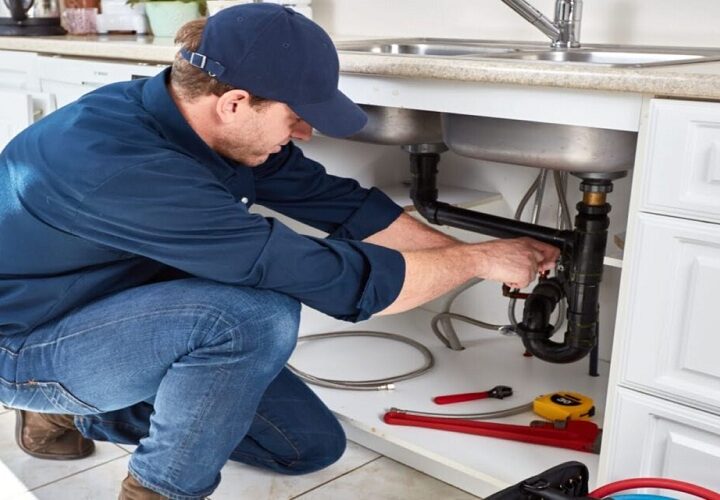
As a homeowner, you have the responsibility to keep your house protected against possible threats. These threats include a termite infestation. Detecting early signs of termite activity is important to address the problem promptly before the pests have done serious damage to your home. With the help of pest control experts from Romneypestcontrol.com, your home gets regularly inspected and treated for termites. The following are common signs of termite issues to look for:
Wood Damage
Termites tend to devour wooden structures without being noticed for years, compromising your home’s structural integrity. It’s important to examine your wooden surfaces regularly for changes in textures, tiny holes, and hollow sounds if tapped. Termites will produce wood damage in shelves and tunnels. Their tunneling will create long, thin wood tiers. When damaged by termites, wooden structures are hollow and weak. The damage every species of termite causes depends on the species, the kind of wood they consume, and their burrowing habits.
- Subterranean termites. These termites live underground and eat moist or decaying wood. They are the fastest reproducing species of termites known for their powerful jaws and sharp teeth. These characteristics allow them to destroy the entire foundation of a house when left unnoticed. Subterranean termites tend to feed on subfloors. The subsequent damage resembles water damage.
- Drywood termites. These species can infest your home through wooden furniture and firewood you bring inside. They eat against wood grains, leading to the destruction of the soft and hard wood layers of lumber. They are skilled hiders, so only professional treatment can eliminate them.
- Dampwood termites. Buildings with too much moisture because of leaky pipes, old, plugged gutters, obstructed drains, and broken ventilators invite these species. These termites also eat across the grain of wood.
Mud Tubes
Subterranean termites are nature’s architects. They build mud tubes that they use as pathways as they travel to and from their nesting sites while seeking out food sources. These mud tubes protect them against predators or elements. Pay attention to these tubes, especially in crawlspaces, attics, and basements. They are hidden highways for termites. Identifying and getting rid of them early can prevent an infestation from progressing.
Swarming Termites
Usually, swarming termites are mistaken for flying ants. However, these swarmers are mature termites that are ready to start their own colonies. You need to be watchful during the termite swarming season, often in the spring. Finding swarmers around your property indicates the need to take immediate action so that they cannot start a new colony and worsen the infestation. Early intervention is important in curbing a termite infestation before it goes out of hand.
Discarded Wings
Swarming termites shed wings after they swarm to create new colonies. Finding discarded wings near doors, windows, and areas that have entry points to your house can indicate a possible infestation. keep an eye on these signs to identify termite presence at an early age.
Termite Droppings
Drywood termite droppings look like small pellets and can be found in abundance in infested areas. Pay attention to such droppings because their presence indicates a serious termite issue. Inspecting wooden structures regularly allows for timely intervention, preventing further property damage.

 Understanding and Managing Ant Infestations
Understanding and Managing Ant Infestations  A Beginner’s Guide to Pest Control in Brisbane: Keeping Your Home Pest-Free
A Beginner’s Guide to Pest Control in Brisbane: Keeping Your Home Pest-Free  Pest control and water quality
Pest control and water quality  The Unmatched Benefits of Sheepskin Rugs
The Unmatched Benefits of Sheepskin Rugs  Creating a Serene Atmosphere with Blue Persian Rugs
Creating a Serene Atmosphere with Blue Persian Rugs  The Original Western Australian Furniture Warehouse – The Allure of Perth Stores
The Original Western Australian Furniture Warehouse – The Allure of Perth Stores  The Benefits of Regular Plumbing Inspections
The Benefits of Regular Plumbing Inspections